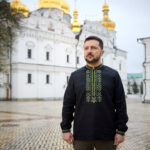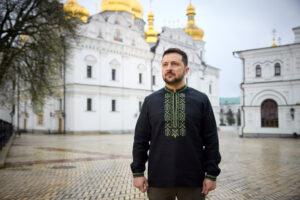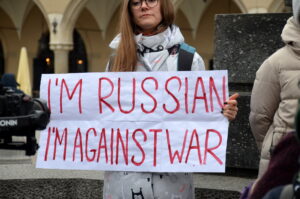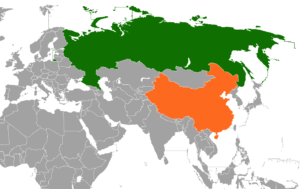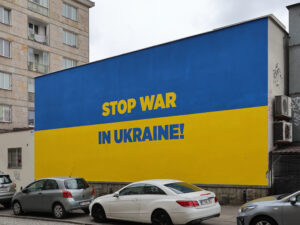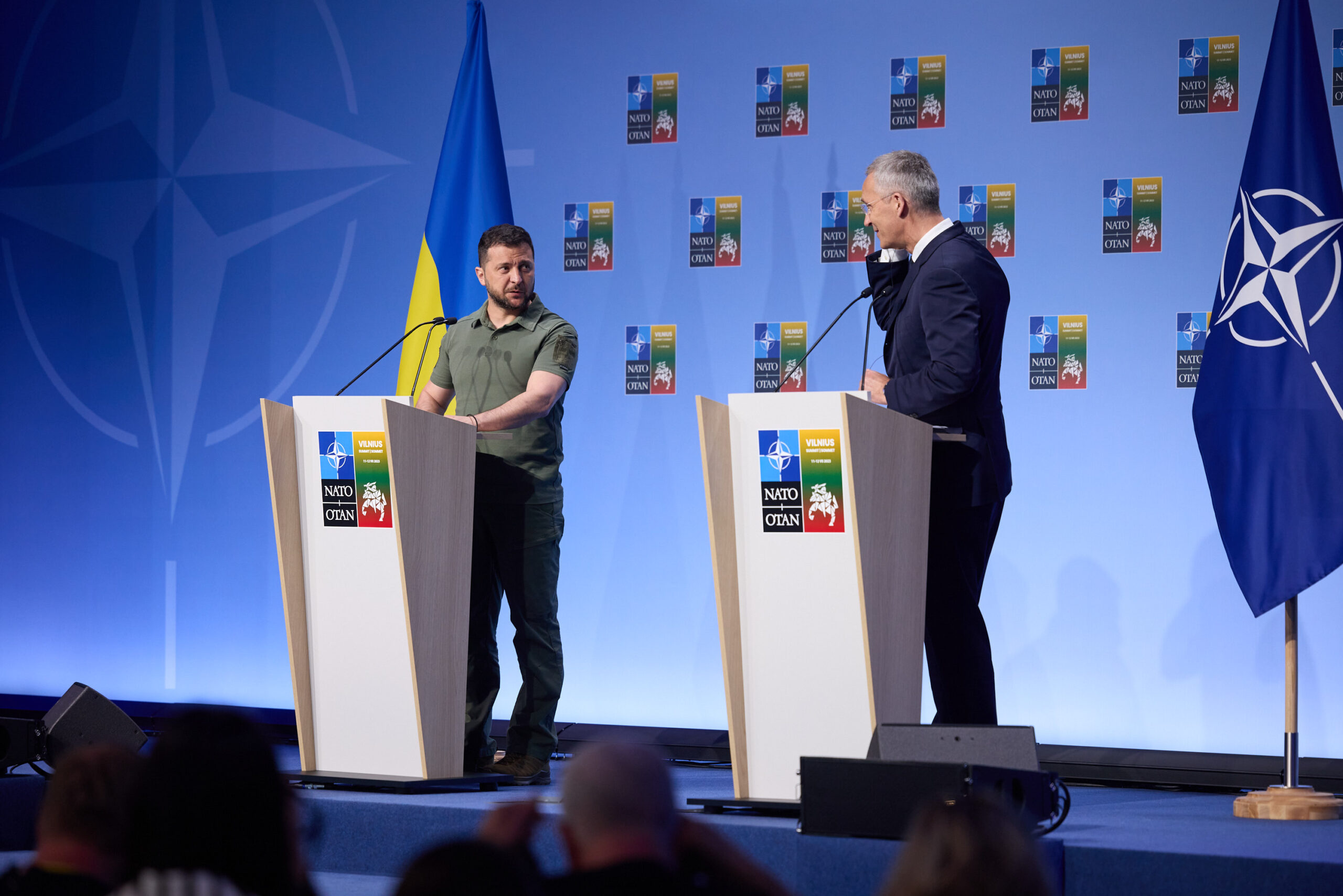
Was A Suitable Timeline the Antidote to Putin’s Aggression?
In a new development at the NATO summit in Vilnius, Lithuania, the Secretary General of NATO, Jens Stoltenberg, announced a significant shift in Ukraine’s journey towards NATO membership. Stoltenberg stated, “We reaffirmed that Ukraine will become a member of NATO and agreed to remove the requirement for a membership action plan. This would change Ukraine’s membership path from a two-step process to a one-step process.” These words marked a pivotal moment for Ukraine and its aspirations for closer integration with the Alliance.
Amid the prevailing optimism that preceded this new decision, Ukrainian President Volodymyr Zelenskyy had expressed reservations regarding the plan. Zelenskyy criticized the discussions held in his absence, drawing attention to the lack of transparency surrounding the conditions and timing of Ukraine’s membership. His remarks underscored Ukraine’s earnest desire for a more resolute commitment from NATO, specifically seeking a clear political invitation that would finally bring an end to the protracted “strategic ambiguity” that has delayed Ukraine’s path to NATO membership since the Bucharest summit in 2008.
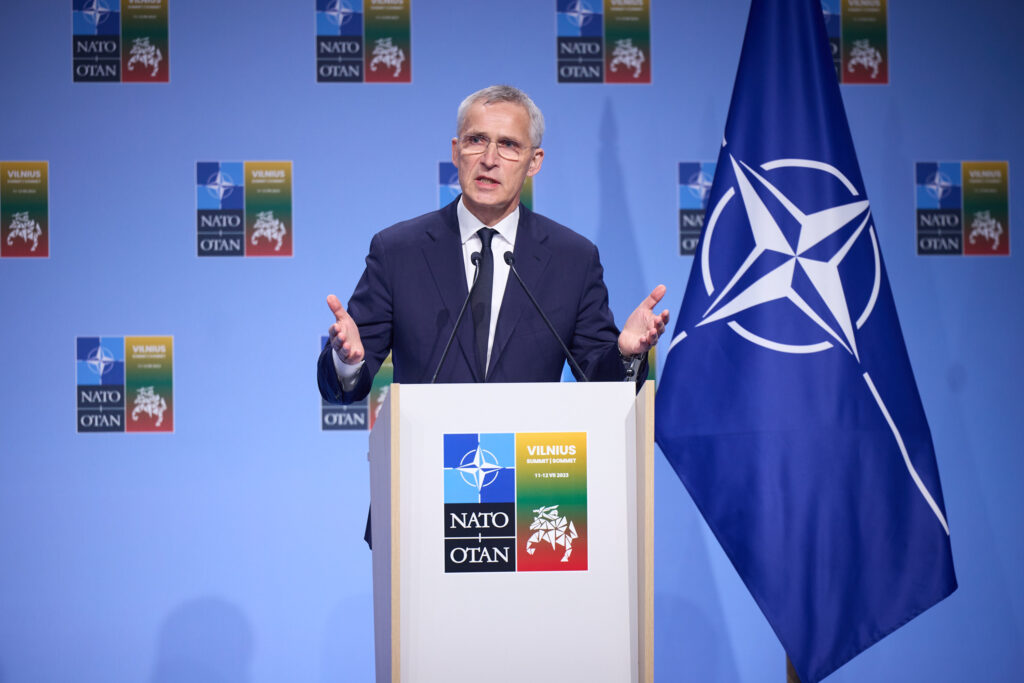
The absence of a clear and defined timeline posed a grave threat to Ukraine’s security and stability. The question is whether what has been offered to Ukraine amounts to the unequivocal commitment needed to stop Russia’s ruthless attack, wreaking havoc upon Ukraine’s people, cultural heritage, historical legacy, and vital infrastructure. The announcement made in Lithuania appeared to fall short of the expectations of Ukrainians, who had anticipated a more robust stance from NATO. While concerns have been raised regarding the potential escalation of tensions with Russia if Ukraine were to join NATO amidst the ongoing conflict, it is crucial to note that Vladimir Putin had already threatened to resort to his nuclear arsenal even prior to Ukraine’s request for a political invitation. Furthermore, the Russian Army’s capacity to confront NATO remains feeble, as evidenced by its ongoing struggles against the Ukrainian armed forces.
The question is whether the timeline offered Ukraine was enough or will it only strengthen Putin’s position. Will it effectively grant him a continued veto on the NATO enlargement process and validate his strategy of waging wars and occupying countries to prevent them from joining the Alliance? The longer Ukraine has to wait in uncertainty, the longer Putin will have to invade Ukraine and pursue his vision of a new Russian Empire.
Stoltenberg argued that the absence of timelines is consistent with the membership processes historically employed by the Alliance. He stated that in, “all the membership processes, there have not been timelines for those processes. They are conditions-based, have always been(sic).” As a matter of fact, Ukraine is already working towards meeting these conditions. The problem is that the absence of a definitive trajectory towards NATO membership threatens to inflict severe consequences on the country’s ongoing democratic reforms. If “conditions” is all that it takes for Ukraine to receive a clear timeline to NATO membership, then these vital transformations that Ukraine continues to work towards would have been significantly bolstered if they had been integrated as prerequisites for joining the NATO Alliance in the final communique.
President Zelenskyy’s original critique of NATO’s position resonated with many Ukrainians who anticipated a weak response from the NATO meeting as discouraging and devoid of hope. The consequences of maintaining the status quo were far-reaching. The question is whether the news from Vilnius is enough to reassure Ukrainians or does it shatter their dreams? Does it dissuade Putin or does it send a message to the Kremlin that its brutal tactics and atrocities can continue, fueling an already devastating war?
In conclusion, it is clear that NATO did not completely heed President Zelenskyy’s original call to provide Ukraine with a clear timeline for its path towards membership. That timeline would have served as a beacon of hope, invigorating Ukraine’s resolve to endure and prosper. What NATO offered instead was a compromise. Only the future will tell whether this compromise will be enough for Ukraine to win the war.
